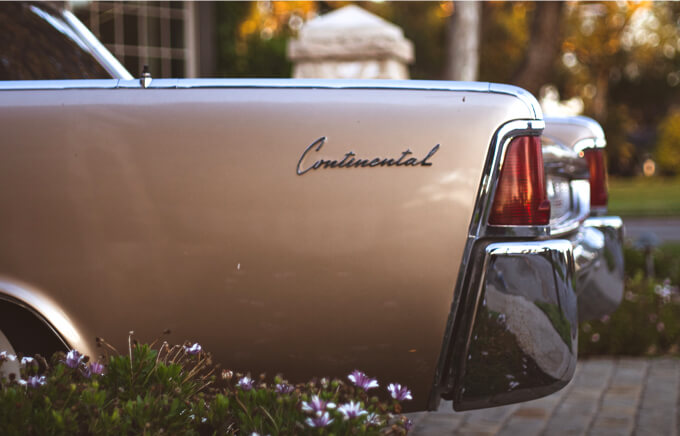When it comes to raw power, aggressive styling, and pure Americana, few vehicles can compete with muscle cars. These high-performance machines, born in the 1960s and ’70s, captured the spirit of freedom and speed. Even today, muscle cars are celebrated not only as vehicles but as cultural icons.
In this article, we’ll explore the top 10 most iconic muscle cars of all time, what makes them legendary, and how their legacy still drives modern performance vehicles.
Table of Contents
The Golden Era of Muscle Cars
The golden age of muscle cars began in the mid-1960s and lasted through the early 1970s. This was a time when automakers raced to pack the biggest engines into midsize frames, creating cars that could dominate both the streets and the drag strip.
Highlights of the era include:
-
Affordability: Muscle cars were relatively inexpensive, making big horsepower accessible to the average American.
-
Competition: Ford, Chevrolet, Dodge, Pontiac, and Plymouth competed fiercely, pushing performance higher each year.
-
Cultural impact: Movies like Bullitt and songs like “Little Deuce Coupe” cemented muscle cars in pop culture.

The Top 10 Muscle Cars That Defined Power
Here’s our definitive list of the most iconic muscle cars that left tire marks in history:
-
Ford Mustang Boss 429 (1969–1970)
Known for its NASCAR-inspired 429 engine, this Mustang remains one of the rarest and most desirable. -
Chevrolet Camaro ZL1 (1969)
With an all-aluminum 427 engine, only 69 were ever made, making it a unicorn for collectors. -
Pontiac GTO “The Judge” (1969–1971)
Dubbed the first true muscle car, the GTO offered affordable speed and style, with “The Judge” being its most famous trim. -
Dodge Charger R/T Hemi (1968–1970)
Famously driven in Bullitt, the Charger R/T packed the 426 Hemi, turning heads with its menacing stance. -
Plymouth Barracuda (’Cuda, 1970–1974)
Especially in Hemi form, the ’Cuda was a drag strip legend with bold styling. -
Chevrolet Chevelle SS 454 LS6 (1970)
Often called the king of muscle cars, it boasted 450 horsepower—unmatched at the time. -
Oldsmobile 442 (1968–1971)
A luxury muscle car, it combined comfort with serious horsepower, living up to its “4-barrel, 4-speed, dual exhaust” name. -
Dodge Challenger R/T (1970)
Dodge’s answer to the Mustang and Camaro, it offered multiple big-block engine options, including the mighty Hemi. -
Buick GSX Stage 1 (1970)
Buick shocked enthusiasts with a luxury car that delivered over 500 lb-ft of torque—one of the most underrated muscle cars. -
Shelby GT500 (1967–1970)
Carroll Shelby’s creation took the Mustang to new heights, combining race engineering with street performance.
What Makes a Muscle Car “Iconic”?
Not every muscle car becomes a legend. The most iconic ones share a mix of:
-
Performance: High-horsepower engines like the 426 Hemi or 454 LS6.
-
Design: Bold, aggressive styling that turned heads.
-
Rarity: Limited production runs make many of these models highly collectible.
-
Cultural presence: Appearances in movies, TV shows, and music that gave them a timeless appeal.
These factors ensure that muscle cars are remembered as more than just transportation—they became part of American identity.
The Legacy of Muscle Cars in Modern Times
Even decades later, the influence of muscle cars is clear:
-
Modern revivals: Cars like the Dodge Challenger Hellcat, Ford Mustang GT500, and Chevy Camaro ZL1 keep the tradition alive.
-
Collector’s market: Classic muscle cars are highly sought-after, with rare models selling for millions at auctions.
-
Pop culture: From Fast & Furious to modern music videos, muscle cars still symbolize rebellion, freedom, and raw power.
Muscle cars prove that while technology has advanced, the love for pure horsepower and adrenaline never goes out of style.
FAQs About Iconic Muscle Cars
1. What is considered the most iconic muscle car of all time?
The 1970 Chevrolet Chevelle SS 454 LS6 is often regarded as the most iconic due to its unmatched horsepower and legendary reputation.
2. What years are known as the golden age of muscle cars?
The golden era spans 1964 to 1972, before stricter emissions regulations and the oil crisis slowed production.
3. What is the difference between a muscle car and a pony car?
Muscle cars focus on big engines and straight-line performance, while pony cars (like the Mustang) emphasize style, affordability, and versatility.
4. Which classic muscle car had the highest horsepower?
The 1970 Chevelle SS 454 LS6 boasted 450 hp—record-breaking for its time.
5. Why are muscle cars so popular with collectors today?
They represent nostalgia, rarity, and American automotive history, making them valuable investments and cultural treasures.
